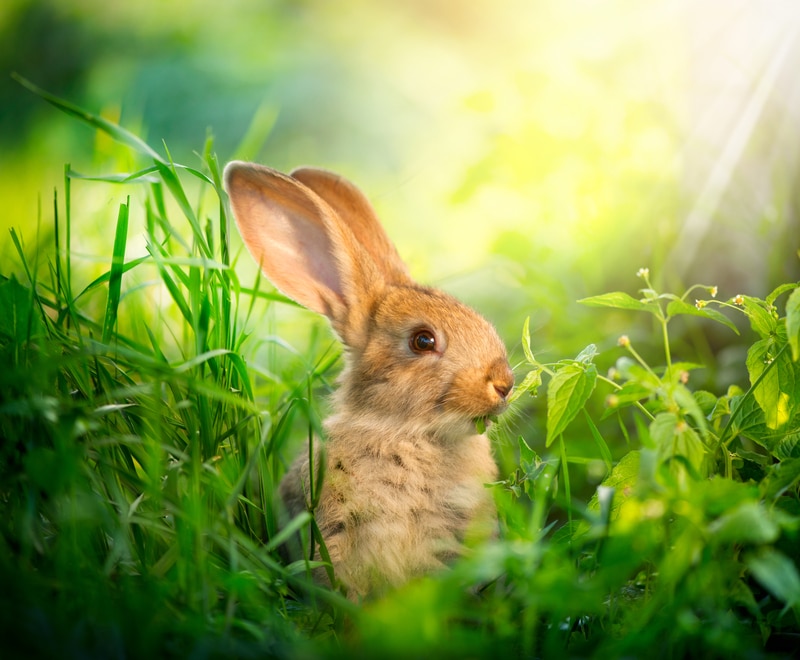

What You Should Know About Environments for Small Pets
When the term ‘pets’ is mentioned, most people have one of two things come to mind. It’s either a tiny, fluffy kitty or an adorable little puppy. That’s also why the internet is rife with cat and dog articles. However, there are other pets that deserve the same attention: small pets!
When the term ‘pets’ is mentioned, most people have one of two things come to mind. It’s either a tiny, fluffy kitty or an adorable little puppy. That’s also why the internet is rife with cat and dog articles. However, there are other pets that deserve the same attention: small pets!
Enriched Environments
According to WildWelfare.org, an animal charity, enrichment essentially means animals having options available. This is so that as a whole, they’ll still be able to feel like they’re in control of things. Done correctly, an enriched environment for pets should involve:
- Challenges appropriate for the species in question
- Cognitive challenges
- Dynamic environments
- Social opportunities
- Ways for the pet to be stimulated.
There should be a number of typical behaviors promoted which animals can find rewarding. They should also be able to respond well to any stressors. A good example of this is avenues for hiding or climbing when they feel threatened. Give them bridges, ramps, nest boxes, and hammocks. Chew toys made of wood can be wonderful as well.
Small Pets
- Chinchillas
These jumper pets tend to be most active at night. They can jump quite high. They can launch themselves up to 6 feet in the air from a standing start, and they’re very agile. Don’t be alarmed if you see them upside down during the day—they’re asleep. Let them get some exercise by running around dusk so that they aren’t as active during the night. Take note, however, that their inquisitive nature is coupled with the tendency to do some nibbling.
- Guinea Pigs
Sleep is practically non-existent for these little guys (or girls). It might be their natural curiosity that keeps them up for almost 20 hours each day! They like to stay observant from a distance and indulge in their curious nature. Help them along by choosing certain spots to hide their favorite food. The best accommodation is indoors and should be spacious. However, they still need to have a safe environment outside where they can run about. It will also give them an opportunity to graze. However, in both cases, they will also need a place to hide should they feel the need to do so. Give them cardboard boxes and willow tubes so they can rush in as needed. Toys aren’t a priority for them, so don’t worry about that.
- Rabbits
These pets are most active during the early evening as well as the early morning. They particularly enjoy digging and tunneling. In order for them to have a good time, they require a lot of space for play, hopping about, and stretching. Running through tunnels is one of their most ideal ways to have fun. Look into pipes and tubes that are specifically rabbit-sized. Another thing they will surely enjoy is having somewhere high to hop on as a lookout. This way, any possible danger that approaches can be spotted beforehand. A good way to achieve that is through a wooden crate that’s sturdy and upturned. It’s also key to give them spaces where they can hide, like a hay-filled cardboard box.
Conclusion
While there are a lot of dog and cat articles, guides for small pets aren’t as common. Whatever pet you have, it’s key to give them enriching environments. The need depends on which pet you have, such as wooden chew toys for chinchillas, tunnels for rabbits, and hiding food for guinea pigs to discover as they explore.
Searching for the best small pet news? Check out The Pets People today! We provide practical, real-life ideas and training tips that will assist you in taking care of your pet.
Discover how to create a joyful, healthy home for your pet.
Subscribe to your weekly rundown of practice, real life ideas and training tips straight to your inbox.


